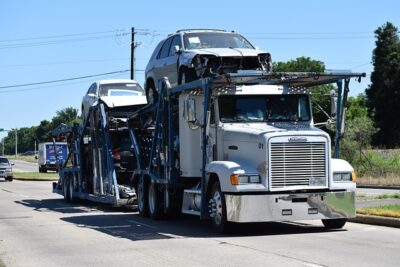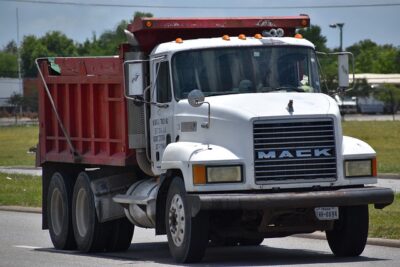Considering an Electric Vehicle Technology Course could be beneficial for any electric vehicle (EV) owner. Level 2 chargers, a worthy investment for EV owners, can significantly reduce charging time and provide a more efficient way to power your car. However, before purchasing one for your home, it’s essential to check if your house can handle the increased electrical load. Here are some of the ways to determine if your house is ready for a 240-volt charger:
Check Your Electrical Panel
Your electrical panel is the first place to check if your house can handle a Level 2 charger. It contains all the circuit breakers that control the electricity flowing through your home. Look for a breaker labeled 240V or double pole. This indicates that your panel is already equipped to handle the increased voltage needed for a Level 2 charger. Contact a professional electrician to assess the current state of your panel and determine if it needs to be replaced or upgraded.
Evaluate Existing Appliances and Circuits
Consider the appliances and devices with the same electrical circuit as the intended EV charger location. High-power appliances like ovens, dryers, and air conditioners can significantly impact the available capacity. If you plan on charging your EV at the same time as using these appliances, the power consumption can be high. You might need to rearrange the use of these devices or consider upgrading the circuit to accommodate the increased demand.
Calculate the Charging Load
Determine the amperage requirement of your specific Level 2 EV charger. This information can be found in the product specifications or user manual. Multiply the amperage by 240V to determine the wattage needed for your charger. Residential circuits can range from 15–60 amps, and your charger’s wattage should fall within this range. Know the specific amperage requirement of your charger. This can determine the size and type of circuit needed for installation. Consider the charging time you require for your EV if you commute longer or need to charge your car frequently. A higher amperage charger may be appropriate due to its faster charging speed.
Assess Your Home’s Wiring
Not all homes are wired to handle Level 2 charging stations. Evaluate your home’s power needs. Look at your home’s electricity supply panel to see if it has enough space for a 240-volt charger. You may also need an electrician to determine the capacity of your home’s wiring. An electrical inspection can determine if your home can handle the increased demand for a 240-volt charging station. If your home is not currently equipped to handle the charging load, you may need to upgrade your wiring or electrical panel before installing Level 2 chargers.
Examine Your Parking Situation
Examining your parking situation can help you determine the suitable location and setup for your EV charger. Assess the distance between where you park your car and your home’s electrical panel. Consider the type of outlet you have available for charging. A standard 120-volt outlet may work for a Level 1 charger. A higher charger will require a 240-volt outlet. This may require upgrading or installing new electrical wiring.
Verify Local Electrical Codes Compliance
Different areas may have specific requirements for the installation of electrical equipment, including EV chargers. So, the installation of an EV charger may require a permit and electrical inspection. Consult with your licensed electrician to check for any local regulations and obtain necessary permits before installation.
Transform Power Usage With Level 2 Chargers
Before installing Level 2 chargers in your home, assess your wiring and parking situation. Check if your electrical panel can handle the charging load, and consider the distance between your car and the outlet. If necessary, consult an electrician for any required upgrades or installations. So, install a Level 2 charging station today for a fast and efficient charge for your electric vehicle.







